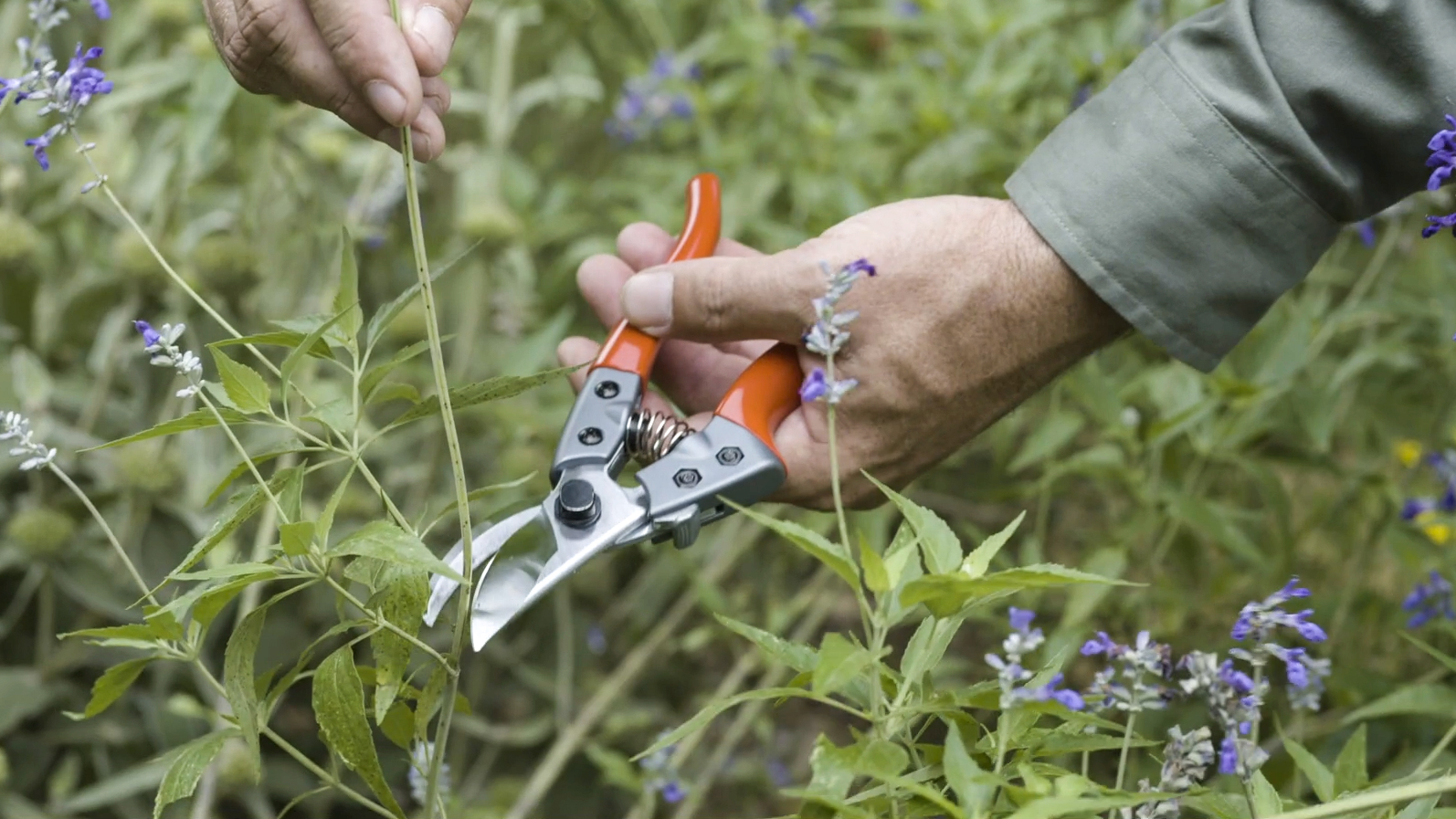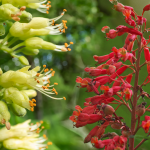This is a good time to give your winter-browned perennials a good trim.
Shortly, our flowering perennials such as salvia, penstemon, lantana and esperanza will awaken from their winter slumber. Much like overgrown hair in need of a haircut, perennials need a good trim in the way of pruning.
We do this for three reasons: appearance, growth and flowers. Some homeowners prefer a well-manicured landscape, while others prefer an informal style. Both are acceptable.
In either case, spring cleaning by pruning dead and live branches encourages new vigorous growth. The amount removed depends on the species and style desired. Experts vary on their recommendations. Some recommend pruning to a specific height above the ground, while others use a fraction method such as prune by ½ or ¾ of its total height.
Likewise, some species prefer one height and style than others. Ornamental grasses like Lindheimer muhly or eastern gamagrass only need a light combing with a rake to remove brown leaves, but many landscapers give them a harsh crewcut. ‘New Gold’ lantana and most salvias can be cut to 3 inches above the ground, or to where fresh new leaves are emerging. Esperanza and Pride of Barbados can be cut to 6 inches above the ground.
The main reason we prune at this time of the year is to encourage ample foliage. With increasing warm weather, these perennials quickly respond to pruning with vigorous growth and new flowers.
Exceptions to this spring pruning rule include spring blooming shrubs and trees such as Texas mountain laurel, Mexican plum, redbud and ornamental pear. Wait until after the bloom to prune. Generally, this is late April or May.

Not sure how to prune? Just follow these beginner pruning tips to learn the basics.
Also, always remember to:
- Keep blades sharp and oiled.
- Avoid anvil pruners. Pruning shears are best.
- Keep the flat side of the blade nearest to the plant or shrub.
- Always prune at a bud or a branch.
Learn more about rose, tree and crape myrtle pruning.




